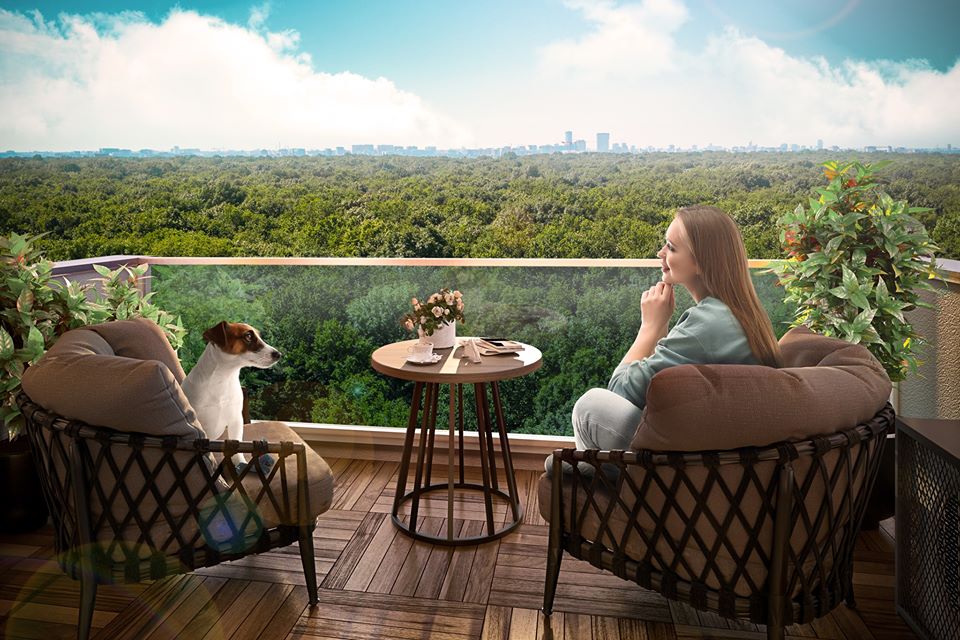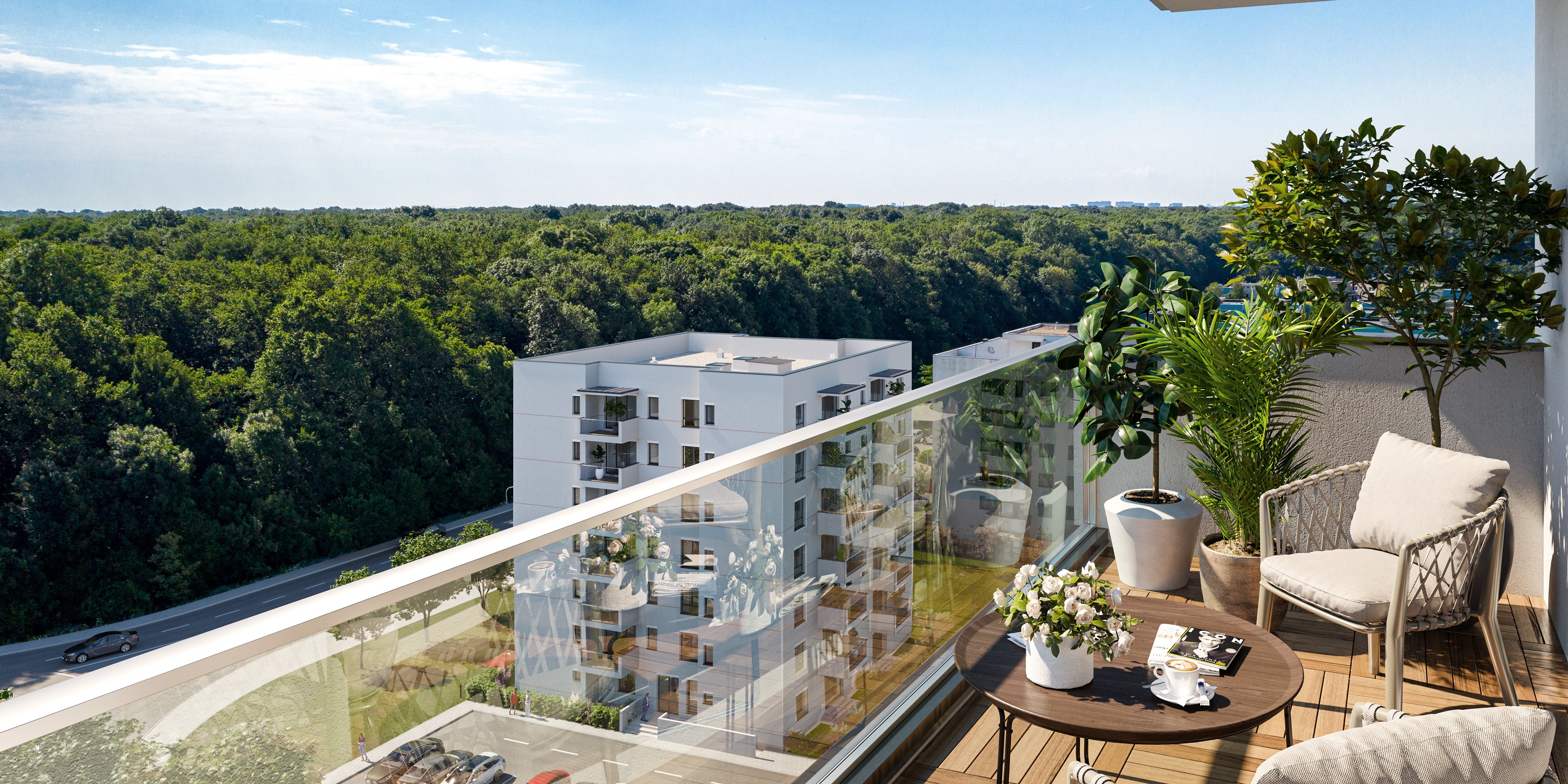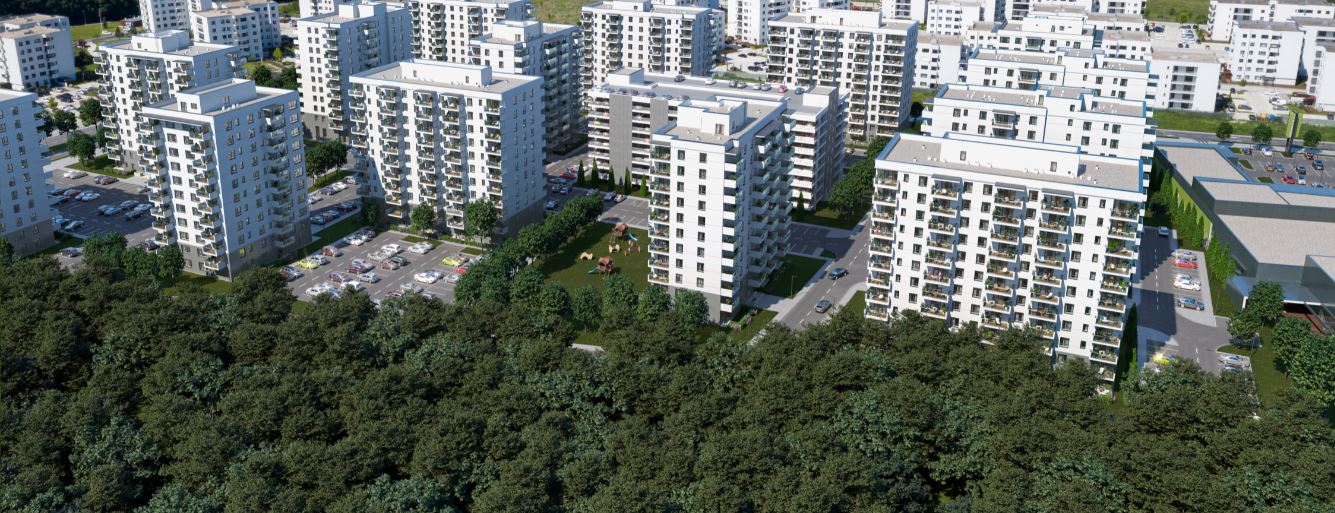
2020 has meant a recalibration of health care, the things that really matter and the wellbeing we need to live. This has created a global wellbeing trend, to help the population get over the long period of trials more easily and to direct attention to how we can improve mental and physical health in the current context.
Wellbeing is a concept that brings into attention the original and more comprehensive meaning of holistic goodness, comfort, and individual happiness.
It is very important to mention that although the definition of the concept of wellbeing is generally valid, the elements that contribute to the achievement of wellbeing may differ from person to person. In other words, wellbeing has a subjective note, as each person has his own definition of wellbeing and all the situations that create it differ in relevance or intensity.
The precise shaping of the idea of wellbeing depends on the system of values and beliefs, determined by the level of education, culture, traditions, customs. A high degree of education, culture and citizenship is automatically attributed to the concept of wellbeing and aspects of social responsibility, lifelong learning and belonging to a community with similar values.

Factors that determine the wellbeing of Romanians
General wellbeing is influenced by 5 factors: self - personal wellbeing determined by all personal actions and choices, social connection, belonging and contribution to a community, career perspective and financial security. From an emotional point of view, wellbeing requires a mix of needs that must be checked for a psyche and a good tone: a safe home and living environment, a community to which you belong and with which to undertake civic activities, a life quality, which validates self-esteem and activities that bring knowledge, wisdom, beauty, and fulfilment.
The fact that Romanians have a developed sense of ownership (The study conducted by the European Statistical Office shows that 96% of Romanians have a personal property home), classifies the need to own a home among the priority objectives of the individual, a stage that confirms responsibility and represents from a certain perspective, a step of maturity.
Apparently just a physical space, the home is a good that once owned, gives people a status in society and can influence how they contribute to the smooth running of society. Once they have the security of a home, people are more likely to relate and have meaningful activities, which add value, say researchers Browne and Hemsley.

What home wellbeing feels like in Greenfield Baneasa
Welfare is influenced by macro choices – which involve important decisions and actions, with unlimited effect on your life, such as choosing a home, respectively its organization, but also micro choices, everyday, which form habits.
The home influences almost every aspect of life: from the degree of security felt, to the quality of sleep and the community created, so it is extremely important that its choice ticks as many of its needs and expectations.
Studies a few years ago claimed that the time spent indoors - at home and at the office reaches 90%, but in the new context, all this percentage takes place only at home, the hybrid place, which, forcibly, has become the space for activities, service, but also education. These changes have increased interest in the concept of Home Wellbeing and how we can improve the condition of all family members through the living experience.
Before 2020, the fast pace, the extra-basic activities (school, work) and the frequent trips gave the house a hotel character, where, in general, you only spent rest hours, but now, the house is no longer just the place where we sleep and we have dinner, but the place where most of the activities take place; especially since the work from home trend will continue, even if in a mixed format.
As a result, there is a growing awareness that a living context and everything that happens in it - from the comfort of home to neighbourhood facilities, to the way parents exercise their roles at work versus parenting - are important factors in the formation and (non-formal) education of children.
Living comfort is a key factor in people's health and wellbeing and involves:
- location elements and nearby facilities;
- aspects of construction and design;
- other factors: indoor air quality, noise level, thermal comfort.
The new Greenfield is conceived and designed as a wellbeing district, ensuring all the comfort of its residents and responding to all their needs: belonging, connection and socialization. Find out what are the criteria that influence the home wellbeing or fill in the form directly and come visit Greenfield!





